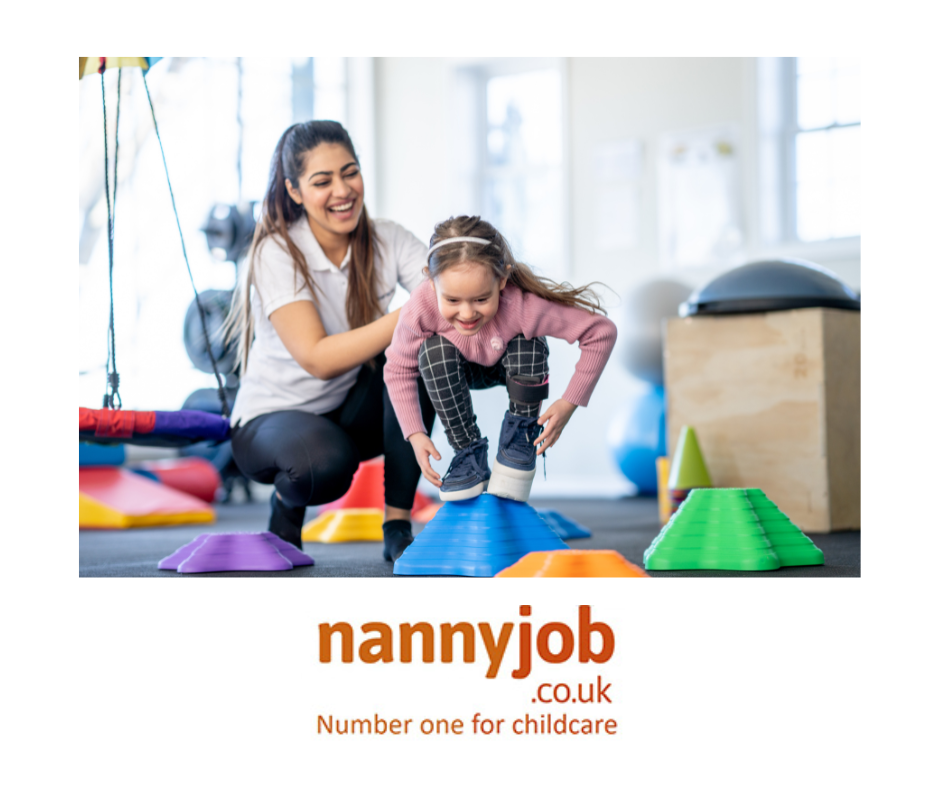Every year in April, the world comes together to observe World Autism Awareness and Acceptance Week. This week-long event is dedicated to raising awareness about autism spectrum disorder (ASD), promoting acceptance and inclusion, and celebrating the unique talents and abilities of individuals on the autism spectrum.
Autism is a complex neurodevelopmental disorder that affects how a person communicates, interacts with others, and perceives the world around them. While autism presents differently in each individual, common characteristics include difficulties with social interaction, repetitive behaviors, and sensory sensitivities. It’s important to recognize that autism is not a disease or a deficit, but rather a different way of experiencing the world.
During World Autism Awareness and Acceptance Week, communities around the globe come together to educate others about autism and advocate for greater understanding and support. Here are some ways you can participate and show your support:
- Educate Yourself: Take the time to learn more about autism and the experiences of individuals on the spectrum. Read books, watch documentaries, and explore online resources to gain a deeper understanding of autism and how it impacts people’s lives.
- Spread Awareness: Share information about autism on social media and in your community. Use hashtags like #AutismAwareness, #AcceptanceMatters, and #LightItUpBlue to join the conversation and raise awareness about autism.
- Promote Inclusion: Encourage inclusive practices in your workplace, school, and community. Advocate for accommodations and support services that help individuals with autism thrive and participate fully in society.
- Celebrate Differences: Embrace the unique strengths and talents of individuals on the autism spectrum. Celebrate their creativity, intelligence, and resilience, and challenge stereotypes and misconceptions about autism.
- Support Autism Organisations: Consider donating your time or resources to organizations that support individuals with autism and their families. Get involved in fundraising events, volunteer opportunities, or advocacy campaigns to make a positive difference in the lives of others.
By coming together to promote awareness, acceptance, and inclusion, we can create a more compassionate and supportive world for individuals with autism and their families.








